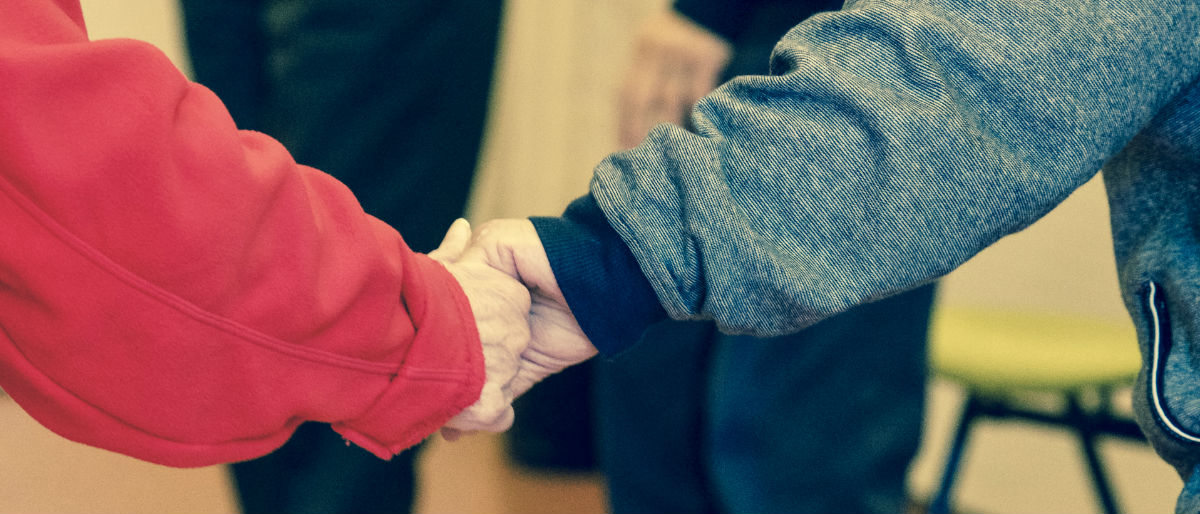RNAO ends first busy week of Take Your MPP To Work LIVE
RNAO’s Take Your MPP To Work (TYMTW) LIVE provides members with the opportunity to meet virtually with their local MPP. Launching during Nursing Week, this event gave an opportunity to share your experience with your MPP so they can better understand the depth of nursing practice challenges while caring for patients and communities throughout the COVID-19 pandemic.

